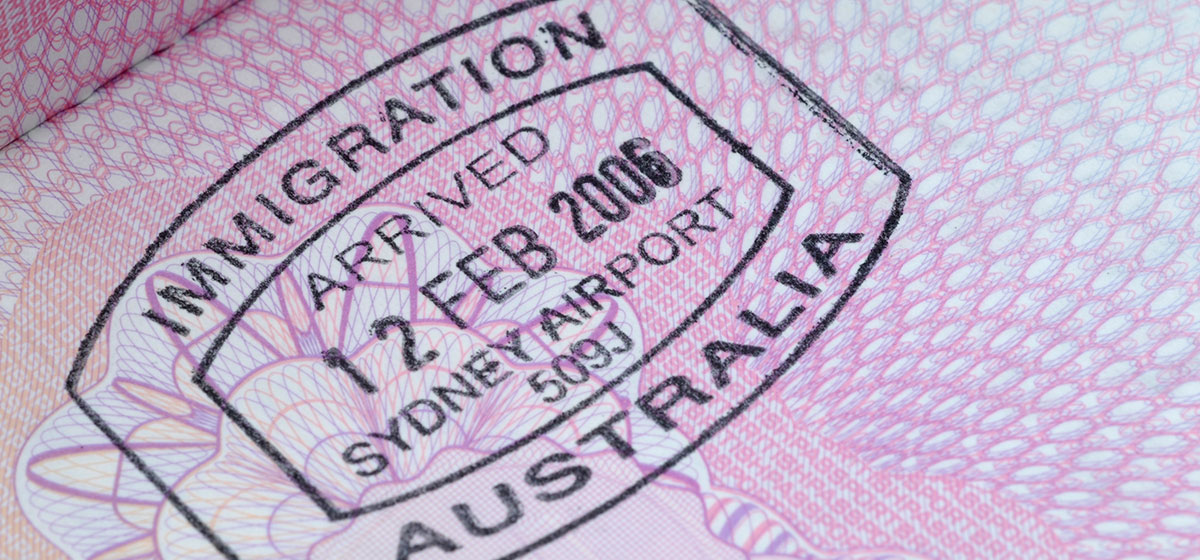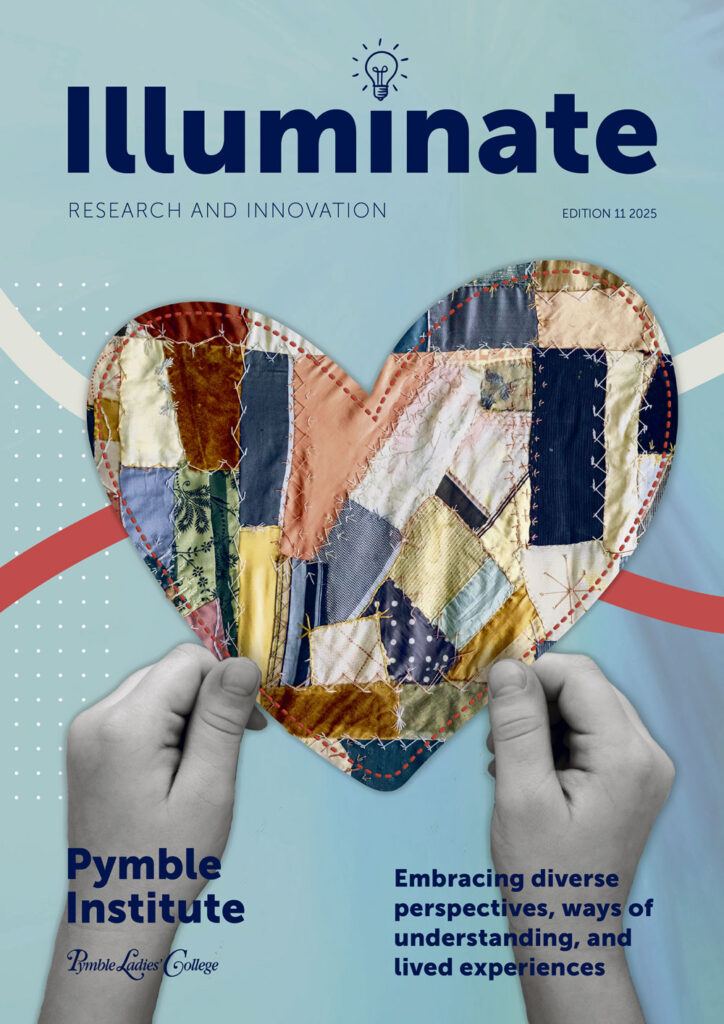Wellbeing of children of skilled migrants to Australia
July 10, 2025 |

This article is written by Victoria Adamovich, English as an Additional Language/Dialect Teacher and Pymble Institute Research Assistant, Pymble Ladies’ College.
In this paper, I share an excerpt from my Master of Research Thesis, which I recently achieved through the University of Technology Sydney, under the supervision of Associate Professor Christine Ho (Faculty of Arts and Social Sciences, Social and Political Sciences). The study, “Wellbeing of Children of Skilled Migrants to Australia”, was completed in June 2024 following a long journey of investigation and writing. I would like to thank Kate Brown, Head of Junior School, Pymble Ladies’ College, for her support. She not only permitted me to conduct the research on site but gave me many opportunities to share my findings with staff and parents to further our understanding of students affected by the family decision migration to Australia. Sincere gratitude also goes to Dr Sarah Loch for her wisdom and guidance through the long research process and my excellent supervisor, Dr Christina Ho, who was responsive and giving of her expertise in the subject area.
Understanding migration and families in our College
Migration stories to Australia may conjure up images of bedraggled First Fleeters in 1788, to the optimistic Ten-Pound Poms of the “Populate or Perish” policy after World War Two. In the last century, Australia’s once Anglo-dominant demographic was changed by waves of arrivals of Italians, Greek, Lebanese and Vietnamese among others. The final removal of the White Australia Policy in the late 1970s paved the way for the multicultural Australia we know today. By the 2016 Census, skilled visa grants for Chinese and Indian-born arrivals outstripped migrants from the United Kingdom for the first time (Australian Bureau of Statistics, 2021).
Trends in Australia’s migration patterns can be viewed through the ‘push’ and ‘pull’ theory (Knox & Marston, 2004). Factors that ‘push’ people to move could be poverty, war or persecution. The Australian government along with other migrant-seeking countries of New Zealand, Canada, United States and United Kingdom have implemented ‘selective migration policies’ (Koslowski, 2014) that ‘pull’ desirable migrants. While the number of humanitarian visas to Australia have remained stable, skilled visas now account for 72% of the yearly permanent migration programme (Department of Home Affairs, 2023). In this global competition for ‘brain gain’ (Boeri, 2012), Australia has successfully attracted migrants with skills and money, with considerable growth in skilled and business migration in the 1980s and 1990s (Inglis, 2011). Migrants from Asia have comprised a large proportion of these skilled migrants since the 1980s. Much has been discussed in the Australian press and in popular debates about super-wealthy Chinese driving up Sydney house prices bought with cash (Foster, 2023). But little has been researched about this new group of uber-migrants and, especially, their children. Who are they and why have they come to Australia? How do they live their lives?
What inspired me to start my research?
This research was instigated from observations and questions arising from my position as an English as an Additional Language/Dialect (EAL/D) teacher in the Junior School at Pymble Ladies’ College. I support students from Kindergarten to Year 6 in English language learning, often by teaching them in small groups. As such, I get to know the migrant children well, but I also felt that just supporting second language acquisition was not enough. I had begun noticing the difficulties the children had adjusting to their new life in Australia; sometimes, although a child, they were the only person in the household that spoke English. Some girls missed their ‘complete’ families and spoke of their pets or grandparents all the time. Only upon further clarification did I realise they were not talking about their home ‘here’ but ‘back there’. Sometimes it was hard for teachers to find the appropriate adult to talk to about the student, because it was unclear who was in Australia at the time and taking care of the child. These regular interactions led me to want to find out more about the students, their families and their wellbeing. Interrogating the lives of the children from a sociological perspective, I wanted to understand the ‘reality of everyday life’ (Berger & Luckman, 1967) as they experienced it, and how they felt about it.
My positionality as a researcher, teacher, parent and migrant
I myself was an EAL/D student, having grown up in Chinese-speaking Taiwan and migrating to London at the age of seven with no English whatsoever. I had lived the challenges of acculturating to a new country and language. While researching ‘astronaut parenting’, I realised in my teenage years, my siblings and I became ‘parachute children’, when my parents returned to work in Taiwan and my older sister took care of us. Reflecting on my experience and armed with my newfound knowledge, I realised that I could not recall discussing the transnational household arrangements with my family. Rather, my parents and siblings all accepted it with minimal fuss. There was never a question of my father quitting his job and not moving back to Taiwan, and it didn’t make sense to uproot ourselves from our education in England. Practically, our level of Chinese language proficiency would have made it difficult for us to perform well in a Taiwanese high school and it was a commonly accepted ‘fact’ that a Western education was better for our future. How had I not known about this abundant research on astronaut families until now, describing my very own childhood! I was determined to learn more and share my findings with other teachers and parents of these students.
What were my findings?
Through my research, I found many of the skilled migrant families to be wealthy, cosmopolitan, and hypermobile. They seemed to be what Sklair (2001) called a ‘transnational capitalist class’, who held ‘flexible citizenship’ (Ong, 1999) of two or more countries. These new affluent citizens were different to the previous waves of migrants to Australia from war-devastated countries, relieved to land on safe shores and build a life out of empty suitcases. Those earlier arrivals were seen as migrants moving from peripheral countries to a core one, from a less desirable country to a better one. ‘Flexible citizens’, however, as Ong argued in 1999, challenged these patterns. The distinction between which country was core – versus periphery – was blurred for them. Which country was better depended on what they wanted or needed from that country at a particular stage in their lives, highlighting the fluidity and opportunity behind their migration movements. My students’ families said they were here primarily for the children’s education, but they may not stay. These cosmopolitans came to Australia having shopped around a range of top choice destinations such as the US, Britain, and Canada (Fong, 2011). They made choices based on economic opportunities, but also for opportunities for their children.
While the decision to move the family to Australia was ostensibly made for the children, we also know that migration can be a key social determinant on the health and wellbeing of a child (Smith et al., 2021). Migrant children may be separated from important social relationships from their home country, and also face difficulties adjusting socially, linguistically and culturally. Looking at the concept of wellbeing from a socio-ecological perspective, rather than a narrow biomedical lens (Bronfenbrenner, 1979), highlights the importance of understanding the child in the milieu of family, peers and school. For a migrant child, other considerations apply, such as the age of migration and the nature for migration, for example, by choice as skilled migrant or by the forced migration of refugees.
The skilled migrant families I researched at Pymble Ladies’ College are typical of many families with children studying in independent schools around Sydney, and particularly on the North Shore. They are incongruent with the common perception that migrant children come to Australia as disadvantaged; speaking little or no English and placed in an Intensive English Language Centre before transitioning to mainstream school (Due et al., 2014). Migrant children in research were often talked about in the same breath as refugee children (Charania et al., 2018; Salami et al., 2021; Wrench et al., 2018), with wellbeing concerns from trauma, economic disadvantage and discrimination. Not all of these concerns reflect the experiences of children of skilled migrants, but there has been surprisingly little research on this large and growing cohort. Although the children in my study were privileged from high socio-economic backgrounds, how was their social and emotional adjustment from migration and what other factors impacted their wellbeing? Beneath the veneer of the ‘model minority’ with their fluent bilingualism and excellent academic records, did they feel the benefits of moving to a new country for a better life and a better education – or did they feel rootless and a loss of identity? How did the children deal with the move, and what strategies did they employ to deal with acculturation stress? How had migration affected their family relationships, especially if the mother was alone in Australia and the father still working overseas as part of the astronaut family arrangement. These are the main questions I answered in my thesis.
Beyond my degree
The research part of my Master’s has now concluded, although I am still actively engaged in this area. Quite possibly, the most important work is still ahead – to answer the question, ‘and so what?’ and look for ways to share my findings. So far, in 2023, I presented an overview to the Junior School teachers in a staff meeting. Presenting back to the community is crucial as I needed to give back to the teachers and students who ‘fed’ the research. The teacher audience was as important as my presentation, as the discussion and interactions that followed were golden. I, in fact, learnt further about the topic from teachers’ questions and responses. The incidents and observations they brought up from their classrooms and their experiences with families led to more reflections on the topic for me.
In 2024, I also held a workshop for parents on ‘Migration and Child Wellbeing’ and, again, the questions and discussions enriched both myself and, I hope, the parents in the audience. At the end of Term 4, I managed to squeeze in an online webinar with the EAL/D teachers’ network through the Association of Independent Schools NSW. This took my findings to a broader group of practitioners and also expanded my knowledge about other migrant demographics, including Korean and Arabic-speaking families.
Looking ahead, I am pleased to have been asked by the K-6 Head of Student Wellbeing, Kate Giles, to share my expertise in astronaut families. Together, we have planned an exploratory session for ‘lone’ astronaut mothers in the Junior School. In 2025, I will lead a focus group in Mandarin with this unique group of women to further explore their challenges and how this may impact their children’s wellbeing. Within our school and for the AISNSW, I plan to run further sessions on the other chapters of my thesis; on astronaut families and child wellbeing, and on parental expectations and child wellbeing. Look out for more exciting articles in upcoming editions of Illuminate!


